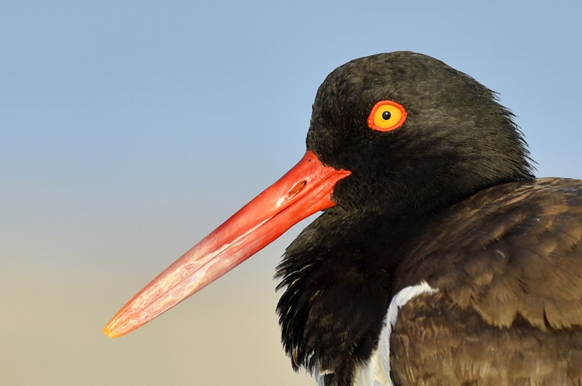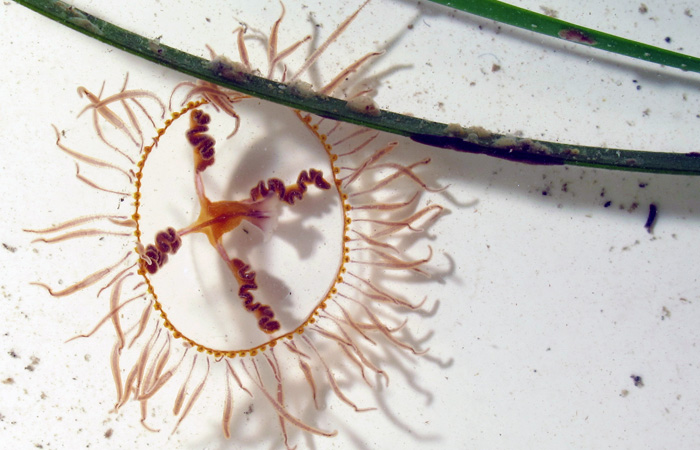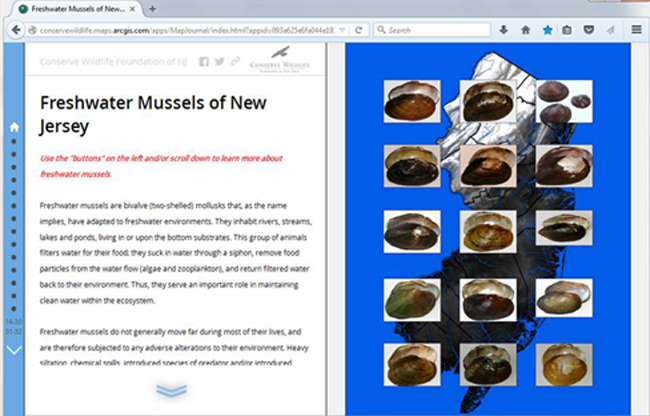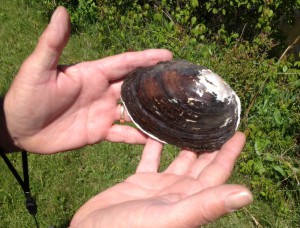CWFNJ Returns to Blue Acres Tremley Point for Fall Planting
by Sherry Tirgrath, Wildlife Biologist
Restoring floodplains and protecting urban communities may not sound like a typical workday for the biologists of Conserve Wildlife Foundation of NJ (CWFNJ). However, multiple staff and board members of CWFNJ were present at the annual Blue Acres Floodplain Restoration Fall Planting and Clean-up Day on October 27th, clearing weeds, trash and planting new trees and shrubs at the Tremley Point restoration site in Linden. Blue Acres, a program created by the New Jersey Department of Environmental Protection, helps residents in low-lying areas that are subject to repeated flooding by buying out their properties and aiding in homeowner relocation. The acquired properties eventually become buffer zones, such as floodplains, that protect surrounding communities from the impact of storms and rising sea levels by acting as natural floodwater storage. The land purchased through the Blue Acres program may also be restored into functional wetlands, habitat for wildlife and open green space for the community to enjoy. Blue Acres not only provides disaster relief for residents whose homes have been destroyed or damaged by flooding and surges caused by large storms, but also contributes to the NJ Climate Change Resilience Strategy by proactively creating wetlands and floodplains to lessen the severity of future flood events.




